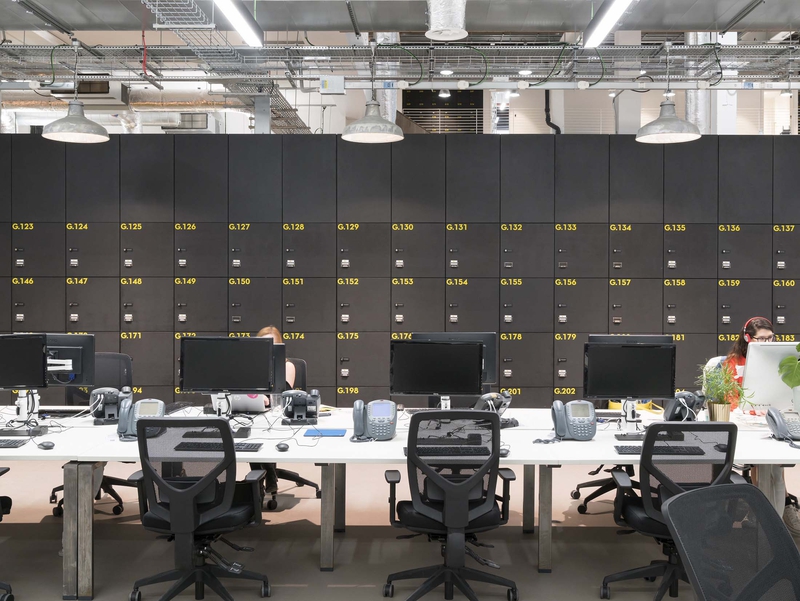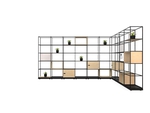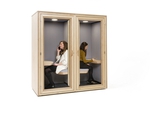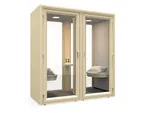14 Mar 2019
Industry Trends
In this blog, we’ll be looking at how data can change the way we work and the way our offices are designed, and how such uses of data are likely to evolve and grow exponentially.
We’re living in a data-driven world already. We use apps like Google Maps and Apple Weather, and websites like Amazon, every day. Many of the world’s biggest companies, like Google and Facebook, are in the business of gathering and selling data. But step into the offices of many smaller companies and you’ll find that decision-making processes are rarely informed by data; certainly not to the extent that they should be.

According to the Institute for Corporate Productivity’s study “The Promising State of Human Capital Analytics”, “Successful companies tend to be those that purposefully use data to anticipate and prepare rather than to react to daily problems.” Unfortunately most managerial decisions are still driven by gut instinct, which often leads to biased and ill-informed choices. This needs to change. We have to trust the data, rather than our instincts, and pivot to a Data-Driven Workplace. Here are 6 ways that big data can improve a business.
1. Correcting Biases
Not only can data be used to overcome bad instincts, but also to challenge unconscious bias (which is to say, our tendency to discriminate against different kinds of people without even realizing it). If gathered and analysed correctly, data has no bias. Hence it can be invaluable in tracking hiring and promotions, and making sure no groups are being discriminated against in those processes.
2. Predicting the Future
Predictive analytics uses existing data to predict the future; for instance by predicting how much and what kinds of future talent needs hiring. Furthermore, AI will soon be a huge help with this kind of analysis, allowing patterns to be found that a person might never notice.

The Edge, image credits: Ronald Tilleman
3. Increased Sustainability
The world’s most intelligent building, The Edge in Amsterdam, has 28,000 sensors gathering light, temperature, humidity, infrared radiation and motion data, all of which is used to automatically adjust lighting and heating, increasing sustainability and saving on energy costs. Likewise, The Edge’s automatically updated booking system means that 2,500 employees can share just 1,000 hot desks, saving space and rent.
4. Personalization
People want to work in a way that suits them, and through analysing employee data, every member of staff can be given a more personalized experience. In fact our workplaces may soon come to know us personally; by using data gathered from sensors and our devices, augmented offices will be able to automatically adjust lighting, temperature, sound and privacy to our preferences. In order to maintain trust however, it’s important to tell employees exactly how and why their data is being used. Transparency is key here.

5. Data-Led Design
Today’s connected workplace provides huge amounts of useful data that designers can use when understanding how an office is really being used, and how it can be improved. According to Steelcase User Interaction Designer Jenny Carroll, “Work is changing so quickly; you can’t really prescribe how a room is used. Real-time data that gives you insight on behaviour and how people work can help create more human-centred workplaces.” Not only are these human-centred workplaces more efficient, they also raise satisfaction levels and productivity. Which brings us onto …

6. Consciousness Hacking
In our introduction we mentioned the need to “purposefully use data to anticipate and prepare rather than to react”. By gathering our data and analysing it with AI, the augmented workplaces of the future will be able to learn how different conditions affect the way we work, and adjust those accordingly. Not only will they know our preferences; they’ll be able to pre-empt them. A new study of “Mediated Atmospheres” like these at MIT’s Media Lab suggests that the way forward is “consciousness hacking” through design: for instance, offices with just the right amount of natural light, the most optimally distant views, and the most pleasing acoustics will allow for the very clearest thinking and creativity. If done right, tomorrow’s Data-Driven Workplace will be an even better space to work in than we could come up with ourselves.
Share this article




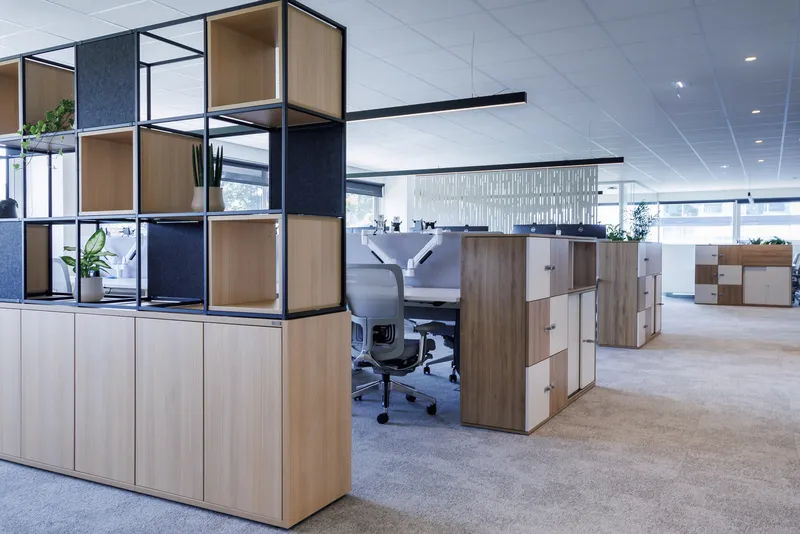












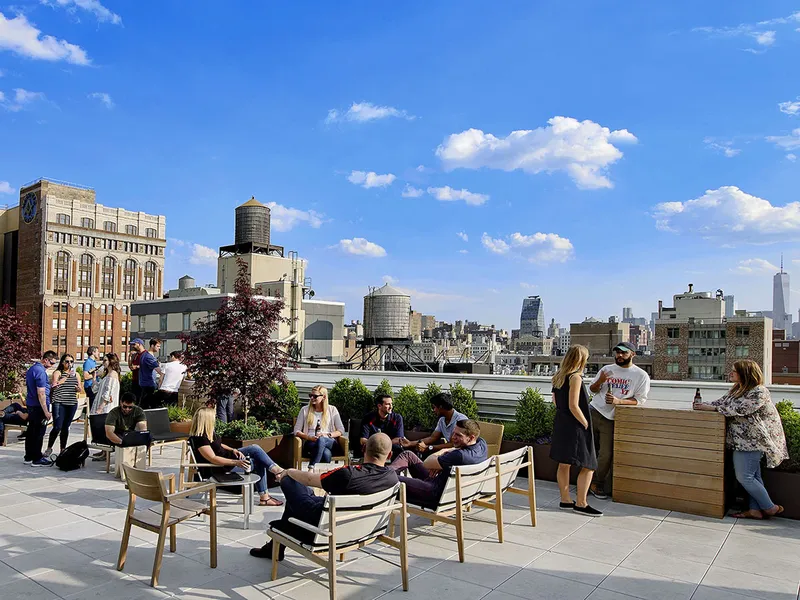
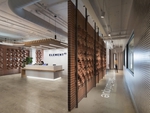


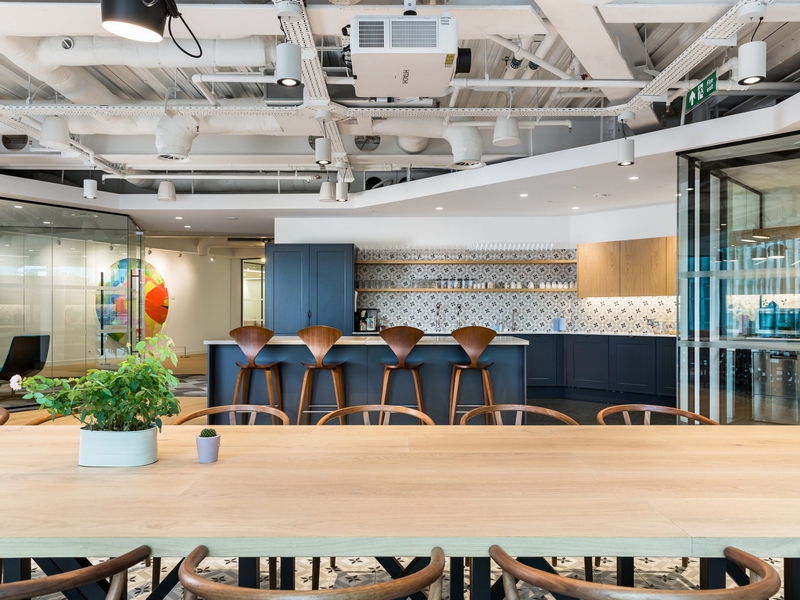
_medium.jpg)
